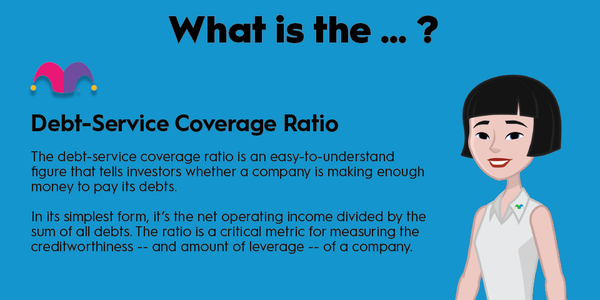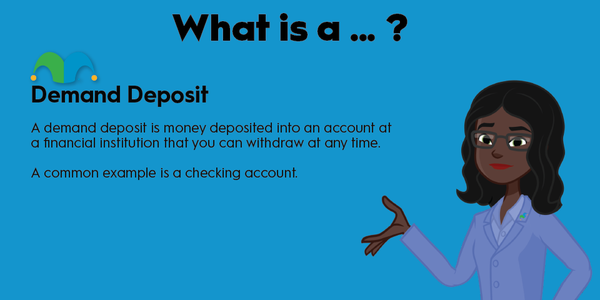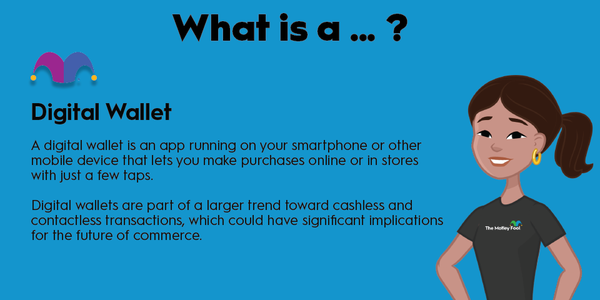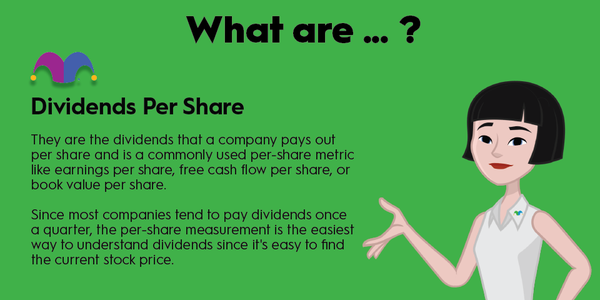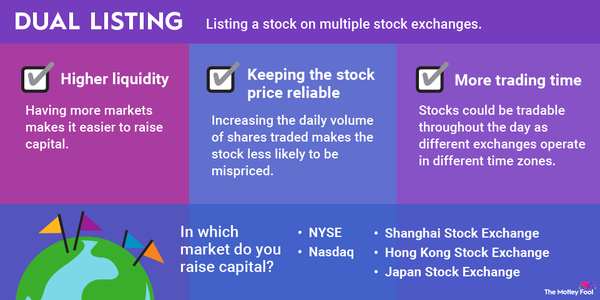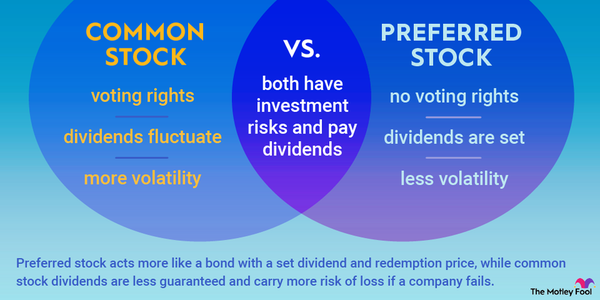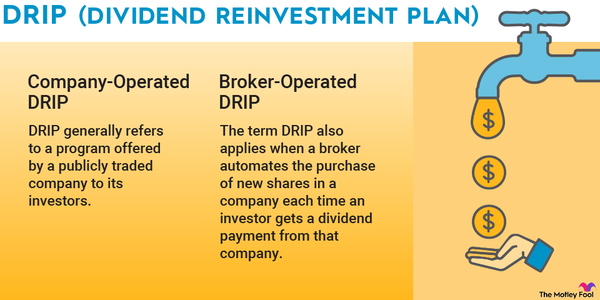It’s been almost 30 years since the dawn of the first public internet service, but network technology continues to evolve and change the world. It started as centralized computer systems helping to speed up work in the office, but cloud computing growth over the past decade has shaken things up more.

Networks are becoming even more decentralized and distributed. Blockchain and cryptocurrency technology aims to take decentralization one step further. Here’s how decentralized networks operate and what investors need to know about them.
What is a decentralized network?
A decentralized network distributes information processing across multiple machines. Each computing device acts as a separate processor that interacts with all the other devices in the network. This contrasts with a centralized network, which is a single computer that handles all computing for a network.
Decentralized networks explained
Computing devices today have significant computing power. Decentralized networks take advantage of this computing capability and pair it with networking technology that can help devices quickly interact with each other and coordinate activity. Some decentralized networks may still rely on a central computing infrastructure for things like data storage. However, a fully distributed and decentralized network has no singular computing unit controlling any process.
Blockchain technology and the cryptocurrencies built using them (such as the Bitcoin (BTC 0.72%) and Ethereum (ETH 1.21%) networks) are distributed and decentralized computing systems. Blockchain is a digital ledger of past transactions and information that is distributed among miners -- computers that manage the blockchain, process new blocks of data, and add those blocks to the chain. Since the blockchain itself contains all the information necessary for the governance of the network, no centralized server or computing unit is needed to operate it.
Centralized vs. decentralized networks
Most of the IT world still relies on a centralized network. At the dawn of modern information technology, this was accomplished using a server, a computer designed to handle multiple computing tasks at once. They were often shoved in an office closet that handled data storage and connected to other workplace computers.
Internet technology began the move away from the office server. Larger, more powerful servers loaded with data and advanced applications could be housed in a centralized data center and accessed via an internet connection. This led to the massive and centralized cloud computing titans such as Amazon’s (AMZN -2.36%) AWS, Microsoft’s (MSFT -2.92%) Azure, and Alphabet’s (GOOGL -2.19%)(GOOG -2.29%) Google Cloud.
However, the internet, cloud computing, and even private data centers operated by individual businesses are still highly centralized. They rely on just a handful of large data centers to function. Edge computing networks and the IoT (Internet of Things) extend the reach of the cloud and have begun to decentralize IT. Edge networking aims to build more data centers that are localized closer to the user. The networks can be interconnected geographically, and data and services are often distributed among multiple data centers.
Blockchain takes this concept even further. Individual computers, even those not owned by a single company, can participate in the computing and management process. Data storage is fully distributed away from a data center since the blockchain itself contains all of this information and is distributed to each miner.
Financial incentives are also decentralized. Some cryptocurrencies act as a token that allow owners to stake their holdings and share the revenue generated from the management of the blockchain. The revenue is generated by charging transaction fees (known as gas fees on the Ethereum network) to people using the blockchain network to power their digital services.
Pros and cons of centralized networks
While decentralized networks try to build and improve on past computer and network technology, centralized networks still have some advantages for certain applications.
Pros of centralized networks
- Affordable and efficient to operate: Because information is stored on a single server, maintenance is easy and updates only need to be made at a single location.
- Rapid deployment: Software updates are made at one centralized computing unit, so all other machines tied to a centralized network immediately benefit from the change on the server.
- Ease of use: Because decision-making is also tightly controlled in a centralized network, users of the system can benefit from a streamlined and consistent experience that is managed for them.
Cons of centralized networks
- Single point of failure: Data and applications are controlled from a single location, so any downtime at the server of data center level can cause a system-wide outage.
- Security risks: Having a single point of failure also introduces security risks. With only one target to focus on, hackers can more easily exploit a centralized network.
- Network data bottlenecks: Having one central computing unit can also cause bandwidth issues -- like a traffic jam on a freeway without enough lanes.
Pros and cons of decentralized networks
There are downsides to decentralizing a network, but distributing the computers and storage of information also present some advantages over more traditional IT infrastructure.
Pros of decentralized networks
- No single point of failure: Because information and computer requests are handled by many devices, one part of the network going down may not cause a system-wide outage.
- Faster performance: Localized computing with more devices handling requests can mean faster computing time.
- Enhanced security: Decentralizing and distributing a network can make it more resilient to cyberattacks, as well as help protect data from loss.
Cons of decentralized networks
- More costly to operate: Without a central location to manage, operating a decentralized network introduces new expenses (e.g., more power consumption) and can take more time to update and maintain.
- Complicated to coordinate: Decentralizing a network and its participants means more complications in coordinating efforts or approving updates. In the case of blockchain, all stakeholders need to vote on changes to the network, which can increase the time to roll out improvements.
No central leadership: Because decentralized networks are distributed, the user experience may not be as simple or streamlined as it is for a centralized network operated by a single entity.
Related Investing Topics
Investing in decentralized networks
Decentralized networks, especially those such as Bitcoin and Ethereum built using blockchain technology, are new technology. They are rapidly developing and changing, and adoption by the wider IT community is still minimal. As a result, investing in this tech (like via a cryptocurrency) will offer a much more bumpy ride than investing in a centralized network (like a cloud computing company stock). Crypto prices in particular are highly volatile -- both on the way up and on the way down.
Whether you invest in decentralized or more traditional centralized IT technology, remember to make such investments part of a more diversified portfolio strategy that utilizes different asset classes (stocks, bonds, etc.) and invests across different industries.



